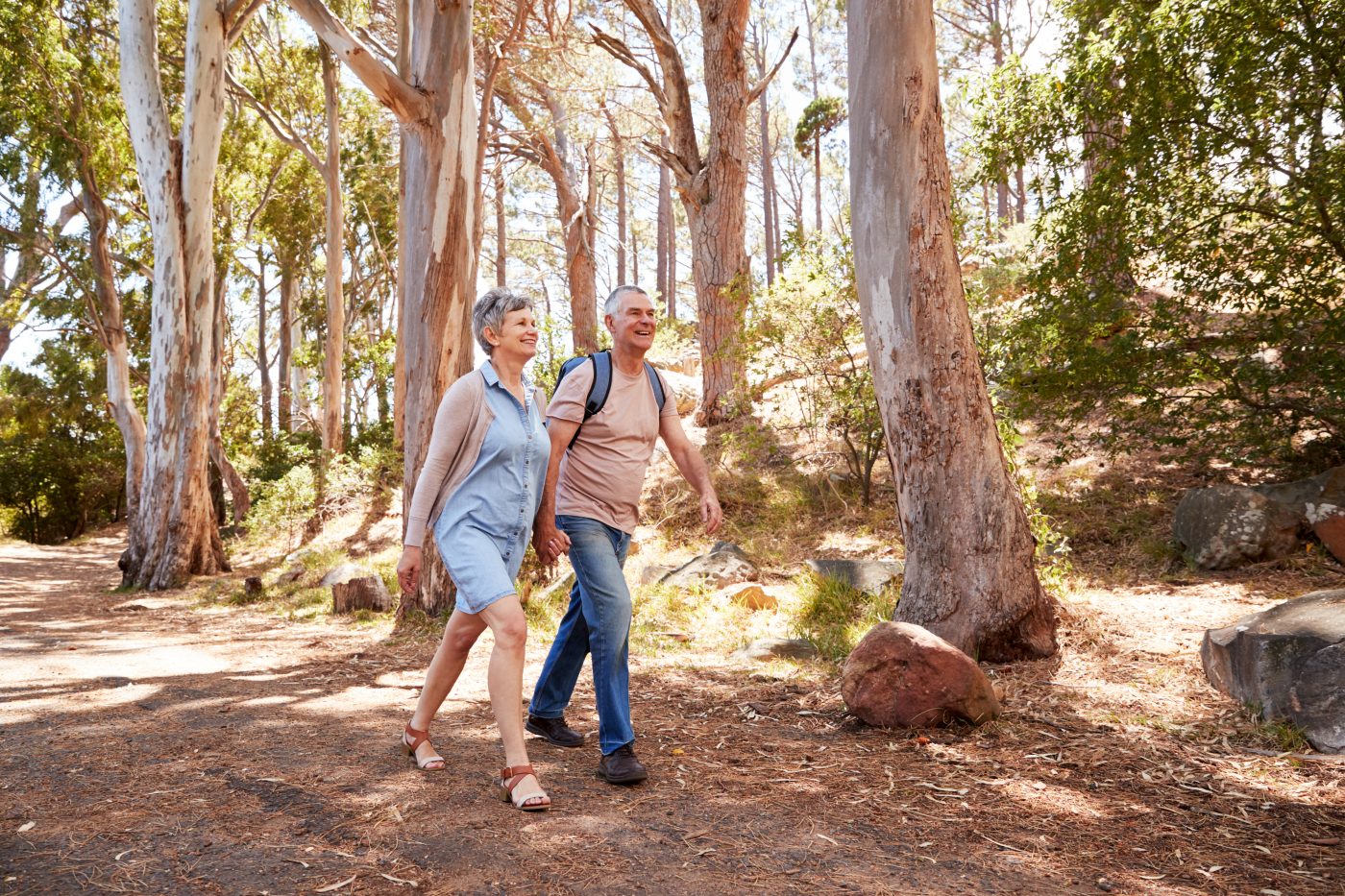Adding Physical Exercise to Parkinson’s Therapies Helps to Keep Patients Engaged and Active, Study Says

Physical exercise given in addition to standard treatment can improve overall quality of life in Parkinson’s patients, helping to ease physical limitations and allowing for greater engagement in daily activities, a review study suggests.
The review, “The Effect of Physical Activity in Parkinson’s Disease: A Mini-Review,” was published in Cureus.
Parkinson’s disease, the most prevalent neurodegenerative disorder of the elderly, affecting 7 to 10 million people worldwide, is characterized by the gradual loss of muscle control, sometimes accompanied by cognitive deficits.
Current treatments include medications (levodopa, catechol-O-methyl transferase inhibitors, dopaminergic and non-dopaminergic drugs), non-pharmacological therapies, and neurosurgery (deep brain stimulation). Mostly, these focus on treating disease symptoms and delaying progression.
Researchers summarized and discussed findings in their review of studies suggesting that physical activity can significant benefit Parkinson’s patients, and could be used in combination with other treatment approaches to help minimize physical and cognitive effects of the disease.
Physical activity has been shown to not only improve patients’ motor symptoms — including gait, balance and strength — but also to slow disease progression, decrease pain, and improve sleep, mood, memory, and overall quality of life, the review reported.
Want to learn more about the latest research in Parkinson’s Disease? Ask your questions in our research forum.
Exercise has also shown a potential to improve non-motor symptoms, like depression, apathy, fatigue and constipation, as well as complications caused by patients’ lack of mobility, such as cardiovascular disease and osteoporosis.
Studies in animal models support these findings, and suggest that the benefits of physical exercise on cognition could be due to an increase in nerve cell proliferation, preservation (neuroprotection), and de novo formation (neurogenesis) in the brain.
The review emphasizes that these benefits were reported in long-term studies performed in Parkinson’s patients undergoing different types of exercises.
One study, published in 2013, enrolled 70 patients who took part in 60-minute, twice-weekly, rehabilitation exercises aimed at increasing range of movement, and improving balance, movement agility and walking. Results showed a “reduction of the severity of motor symptoms in patients with PD when enhancing their daily activities,” its authors stated.
Other studies tested specific types of physical activities to evaluate differences in benefit.
A randomized clinical trial studied three types of exercises in 67 Parkinson patients with gait difficulties, testing the impact of treadmill (high and low intensity), resistance, and stretching exercises on gait speed, strength and, fitness. Results, also published in 2013, revealed that combining treadmill (low-intensity) and resistance exercises may offer greater benefits, although all three types “improved gait and mobility.”
Physical exercise also seems to help keep pain under control — a disease symptom prevalent in 85% of patients and usually managed by conventional analgesics and dopaminergic agents. Exercise is thought to enhance neuronal restoration in the brain and improve metabolism and the immune response.
Based on this evidence, the reviewers suggested that physical exercise be used in combination with other therapies to improve the patients’ overall quality of life.
“The motor and nonmotor symptoms remain difficult to manage with current clinical therapies, but exercise has been identified as a possible adjuvant treatment and can be considered to help improve a person’s limitations and improve the daily activities. It is important that physicians keep this treatment in mind while treating patients with Parkinson’s disease,” they concluded.






